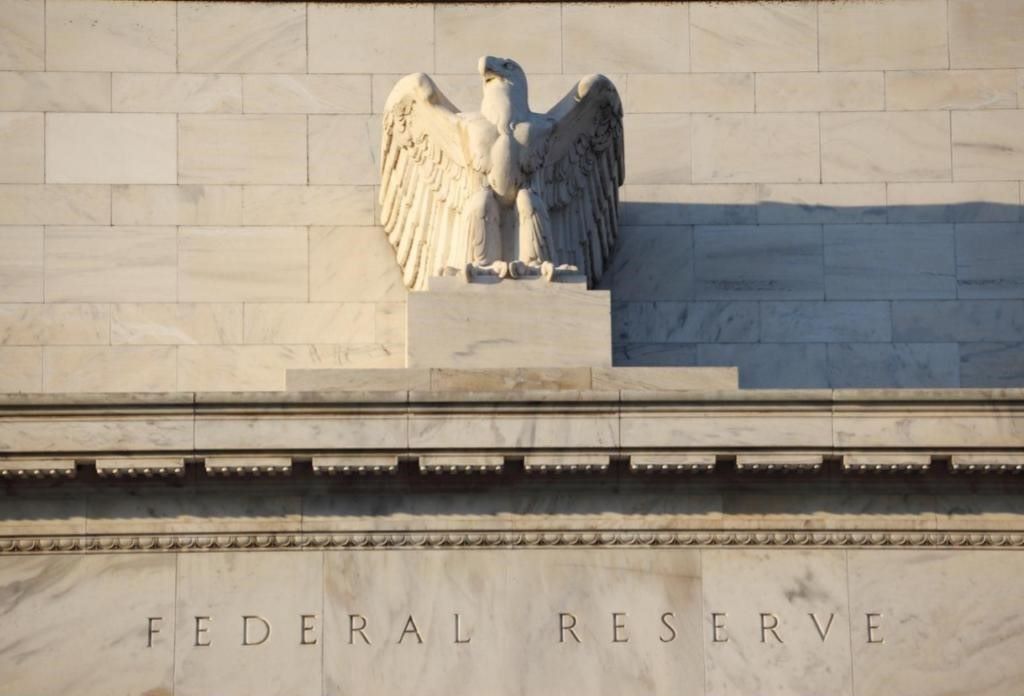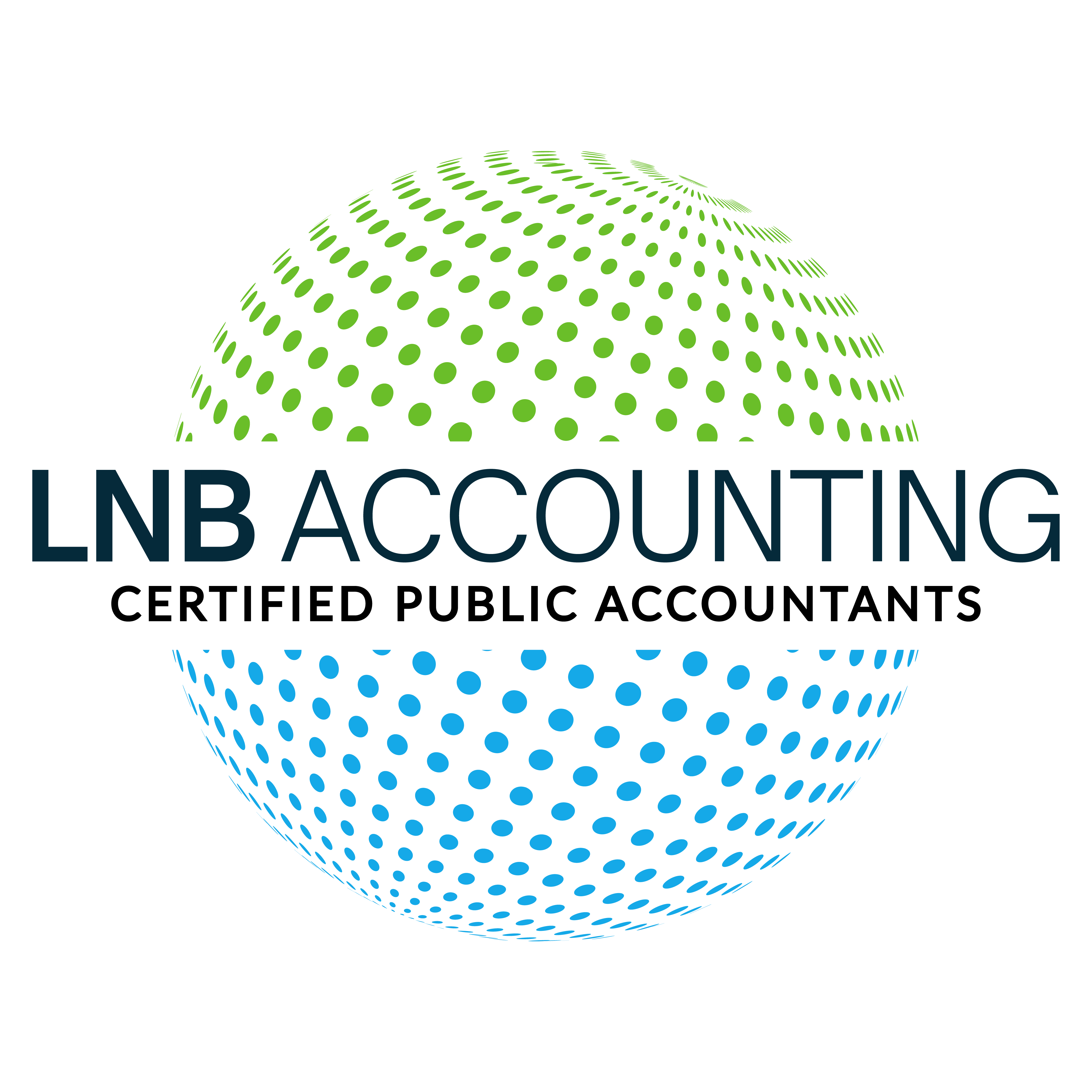
The federal fund rate plays a crucial role in shaping the economy because it influences borrowing costs, consumer spending, and business investment. As of March 2025, the current federal fund rate is set at a range of 4.25% to 4.50%. This rate has remained unchanged since the Federal Reserve’s last meeting, as they continue to monitor economic conditions.
What Drives The Federal Fund Rate?
When the Federal Reserve changes the federal fund rate, it directly impacts other interest rates, like those for mortgages, car loans, and credit cards. A higher federal funds rate typically means higher borrowing costs, which can slow down spending and investment. A lower rate has the opposite effect, encouraging borrowing and spending.
Impact on Inflation Control
Raising the federal fund rate is a tool to combat inflation. By making borrowing more expensive, it reduces consumer demand and helps stabilize prices. Conversely, lowering the rate can boost economic activity if inflation is low or the economy is slowing down.
Impact on Economic Growth
Changes in the rate affect businesses’ ability to invest in expansion. Lower rates make it cheaper for companies to borrow money, encouraging growth and job creation. Higher rates can slow down such investments to prevent the economy from overheating. This is especially relevant for businesses in professional services, as borrowing costs can impact their ability to expand and innovate.
Influence on Currency Value
The rate influences the strength of the U.S. dollar. Higher interest rates can attract foreign investment, strengthening the dollar. A stronger dollar makes imports cheaper but can hurt exports, as U.S. goods become pricier for other countries.
Personal Finance And The Federal Fund Rate
The federal funds rate may seem like an abstract concept, but its influence on your personal finances is very real. Understanding these effects is crucial for making informed decisions about your loans, savings, and investments.
Personal Loans
- Interest Rates: When the federal fund rate goes up, lenders typically raise interest rates on personal loans, credit cards, and other forms of borrowing. This makes it more expensive to take out new loans or carry a balance on your credit card. On the other hand, when the rate decreases, borrowing becomes cheaper, potentially lowering your monthly loan payments or credit card interest charges.
- Loan Availability: Higher rates might also make lenders more cautious, leading to stricter borrowing requirements.
Savings Accounts and CDs
- Savings Account Interest: Banks often increase the interest rates they offer on savings accounts, certificates of deposit (CDs), and other deposit products when the federal fund rate rises. This is good news for savers, as they can earn more on their deposits.
- Returns on Investment: A higher rate environment might encourage you to explore fixed-income investments, such as bonds or CDs, which tend to offer better returns during such times.
Top Savings Choices When Rates Are High
In a high-rate environment, you can make the most of your savings by exploring these options:
- High-Yield Savings Accounts (HYSA): These accounts offer competitive interest rates, often significantly higher than traditional savings accounts. Look for accounts with no fees and no minimum balance requirements.
- Certificates of Deposit (CDs): CDs lock in your money for a fixed term (e.g., 6 months, 1 year) and offer higher interest rates in return. They’re a great choice if you don’t need immediate access to your funds.
- Money Market Accounts: These accounts combine features of savings and checking accounts, offering higher interest rates while allowing limited withdrawals.
- Treasury Bonds or Bills: U.S. Treasury securities are low-risk investments that provide steady returns. In a high-rate environment, their yields tend to be attractive.
- Fixed-Income Investments: Consider corporate or municipal bonds, which can offer higher yields compared to savings accounts, though they come with varying levels of risk.
Strategies To Save Effectively
In a high-rate environment, beyond just choosing the best savings accounts or investment products, you can adopt these strategies to maximize your financial growth:
- Pay Down High-Interest Debt:
- Focus on reducing any high-interest debt, such as credit cards, as the cost of carrying these debts rises with higher rates.
- This effectively improves your financial health and frees up money for savings.
- Avoiding critical accounting mistakes is key to understanding your debt and financial picture.
- Automate Your Savings:
- Set up automatic transfers to your savings or investment accounts. Consistently saving small amounts can add up quickly.
- Diversify Your Savings:
- Split your funds among high-yield accounts, CDs, and Treasury bonds to balance liquidity and returns. Consider a CD ladder, which staggers investments in CDs with different maturity dates for flexibility.
- Revisit Your Budget:
- Take advantage of higher yields by prioritizing saving over discretionary spending. Analyze your expenses to identify areas where you can cut back and reallocate to savings. See our blog on small business tax tips to help with your expense analysis. These strategies can help optimize your tax planning.
- Emergency Fund Boost:
- Use this period to strengthen your emergency fund. Keeping 3–6 months’ worth of expenses in a high-yield savings account ensures liquidity and earning potential.
- Explore Retirement Contributions:
- Contribute to tax-advantaged retirement accounts like a 401(k) or IRA. In times of high rates, these may still offer compounding growth for the future.
- Avoid Long-Term Commitments:
- While higher rates are attractive, avoid locking up funds for too long. Rates could change, and you’ll want the flexibility to reinvest at potentially better terms. Make sure you are following the guidelines from the IRS.
Understanding the federal fund rate and its impact on personal finances is crucial for making informed decisions. By leveraging the right savings strategies and financial tools, you can optimize your financial health in any economic environment.
Ready to optimize your savings and financial strategies in this high-rate environment? Reach out to LNB Accounting today for personalized guidance and expert support. Contact us today to learn how we can help.
FAQs
What is the federal funds rate and why is it important?
The federal funds rate is the target interest rate set by the Federal Reserve, influencing borrowing costs and economic activity. It is a key tool for managing inflation and promoting economic stability.
How does the federal funds rate impact personal loans?
When the federal funds rate rises, interest rates on personal loans, credit cards, and other forms of borrowing typically increase, making it more expensive to borrow money. Conversely, lower rates can reduce borrowing costs.
What are the best savings options in a high-rate environment?
High-yield savings accounts (HYSAs), certificates of deposit (CDs), money market accounts, treasury bonds or bills, and fixed-income investments are excellent choices. These options offer competitive interest rates and steady returns.
How can I effectively save in a high-rate environment?
Strategies include paying down high-interest debt, automating savings, diversifying savings, revisiting your budget, and boosting your emergency fund. Disciplined financial habits can maximize your financial growth.
What are the signs of critical accounting mistakes to fix now?
Critical accounting mistakes can manifest as inaccurate financial statements, missed deadlines, or inconsistencies in record-keeping, which may lead to financial instability and regulatory issues.
What are the implications of a high federal funds rate for retirees?
Higher rates can increase returns on fixed-income investments like bonds and CDs, which may benefit retirees. However, it can also increase borrowing costs for those needing loans.




